
The Enchanting Jordaan: Amsterdam's Artistic Heart
Discover Jordaan, Amsterdam's artistic heart, where historic charm meets modern vibrancy. Explore its canals, galleries, and cafés for an unforgettable experience.
Jordaan is one of Amsterdam's most charming and picturesque neighbourhoods, known for its historic architecture, narrow streets, and vibrant cultural scene. Once a working-class district, Jordaan has transformed into a trendy area filled with independent boutiques, cozy cafés, and art galleries. Walking through its labyrinth of streets, you will find beautiful canals lined with houseboats, adding to its unique charm. Art lovers will be delighted by the numerous galleries showcasing contemporary and classic works. The neighbourhood is also home to the Anne Frank House, where visitors can learn about the poignant history of Anne Frank during World War II. For those who enjoy music, the Jordaan hosts regular live performances ranging from classical to jazz in its many intimate venues. Food enthusiasts will find a plethora of dining options, from traditional Dutch eateries to international cuisine. Markets such as the Noordermarkt offer fresh produce, local delicacies, and handmade goods, perfect for a leisurely morning stroll. The blend of history, culture, and modernity makes Jordaan a must-visit for anyone exploring Amsterdam.
Local tips in Jordaan
- Visit the Anne Frank House early in the morning to avoid long queues.
- Take a canal cruise to see the neighbourhood from a different perspective.
- Explore the Noordermarkt on Saturdays for a taste of local life and fresh produce.
- Rent a bike to navigate the narrow streets and discover hidden gems.
The Enchanting Jordaan: Amsterdam's Artistic Heart
Jordaan is one of Amsterdam's most charming and picturesque neighbourhoods, known for its historic architecture, narrow streets, and vibrant cultural scene. Once a working-class district, Jordaan has transformed into a trendy area filled with independent boutiques, cozy cafés, and art galleries. Walking through its labyrinth of streets, you will find beautiful canals lined with houseboats, adding to its unique charm. Art lovers will be delighted by the numerous galleries showcasing contemporary and classic works. The neighbourhood is also home to the Anne Frank House, where visitors can learn about the poignant history of Anne Frank during World War II. For those who enjoy music, the Jordaan hosts regular live performances ranging from classical to jazz in its many intimate venues. Food enthusiasts will find a plethora of dining options, from traditional Dutch eateries to international cuisine. Markets such as the Noordermarkt offer fresh produce, local delicacies, and handmade goods, perfect for a leisurely morning stroll. The blend of history, culture, and modernity makes Jordaan a must-visit for anyone exploring Amsterdam.
Iconic landmarks you can’t miss
Johnny Jordaanplein
Experience the vibrant culture of Amsterdam at Johnny Jordaanplein, home to iconic music heritage and lively outdoor gatherings.
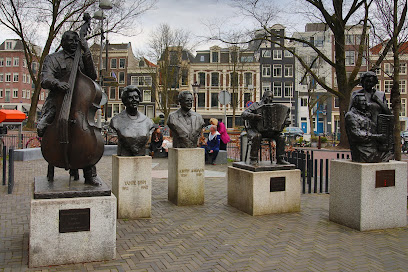
Van Gogh & Rembrandt in Amsterdam
Explore the mesmerizing world of Van Gogh and Rembrandt in the artistic heart of Amsterdam, showcasing the genius of Dutch art.
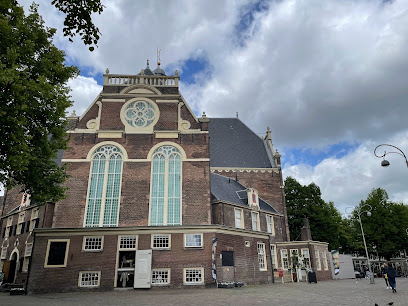
De drie Hendricken
Discover the historical charm of De drie Hendricken, a captivating landmark in Amsterdam's heart, surrounded by picturesque canals and vibrant culture.
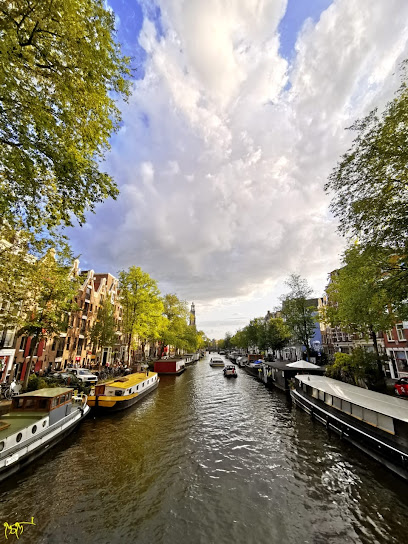
Best Bench in Town
Experience the enchanting allure of Amsterdam with a relaxing stop at the Best Bench in Town, overlooking picturesque canals and vibrant street life.
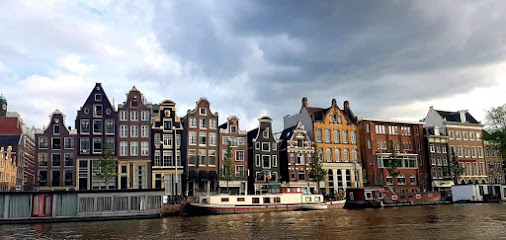
The Bench
Discover tranquility at The Bench in Amsterdam, a serene spot along the Prinsengracht perfect for relaxation and reflection amidst the city's vibrant atmosphere.

Suykerhofje
Experience the serene beauty of Suykerhofje, a hidden gem in Amsterdam's bustling center, perfect for relaxation and picturesque strolls.
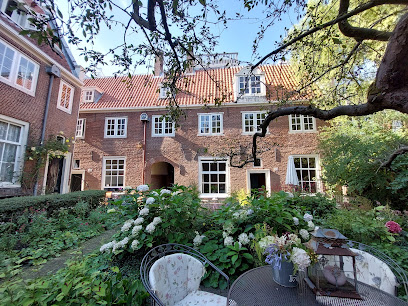
Jordaanmuseum
Explore the Jordaanmuseum in Amsterdam for a captivating journey through local history, culture, and the evolution of the vibrant Jordaan district.
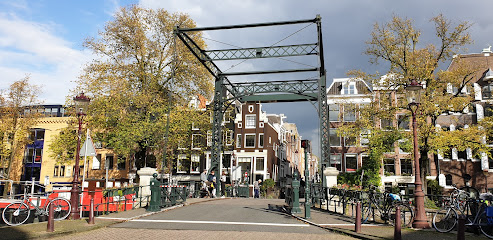
Amsterdamsch Tehuis voor Arbeiders
Explore the Amsterdamsch Tehuis voor Arbeiders, a historic monument dedicated to Amsterdam's working-class heritage and labor movement.
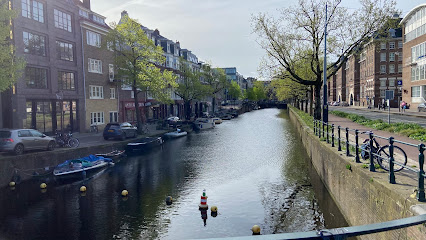
Hofje Huizen de Lely
Uncover the serene beauty of Hofje Huizen de Lely, a historical landmark in Amsterdam offering a peaceful retreat and insights into the city's heritage.
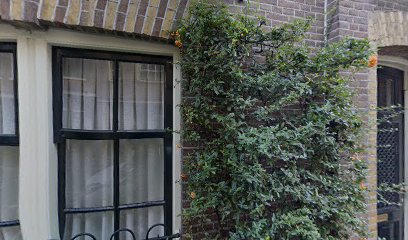
Berengang
Explore Berengang, a historical landmark in the heart of Amsterdam, where the city's rich heritage and architectural beauty come together.
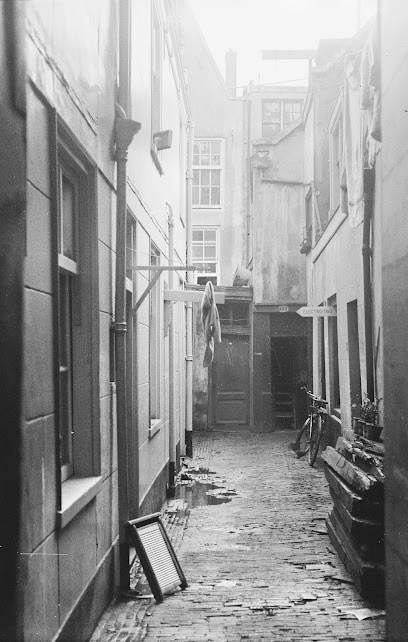
Unmissable attractions to see
Royal Palace Amsterdam
Discover the historical splendor of the Royal Palace Amsterdam, a majestic symbol of Dutch heritage and royal legacy in the city center.

Amsterdam Tulip Museum
Discover the fascinating history of tulips at the Amsterdam Tulip Museum, a cultural gem celebrating the Netherlands’ iconic flower and its vibrant heritage.
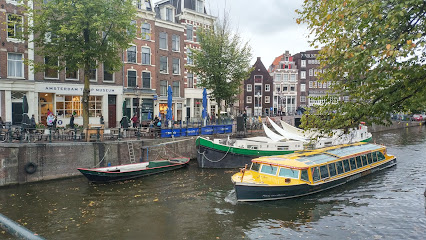
Electric Ladyland - Museum of Fluorescent Art
Explore the vibrant world of fluorescent art at Electric Ladyland, Amsterdam's unique museum dedicated to dazzling light and color.
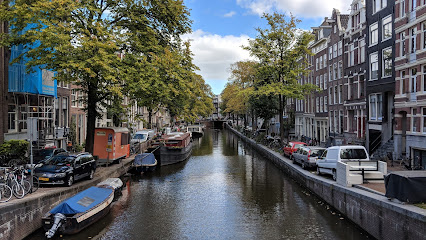
Johnny Jordaanplein
Experience the vibrant culture of Amsterdam at Johnny Jordaanplein, a lively square celebrating music, art, and local charm.

De drie Hendricken
Experience the charm of Amsterdam's history at De drie Hendricken, a picturesque landmark along the beautiful Bloemgracht.
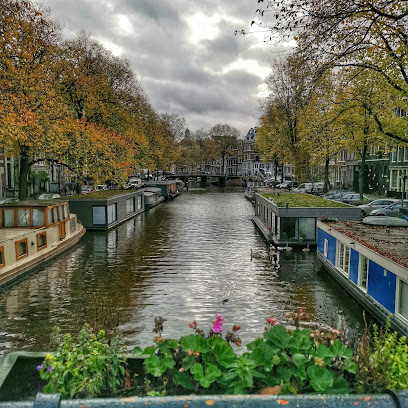
Best Bench in Town
Experience the charm of Amsterdam at the Best Bench in Town, a tranquil spot along the canals perfect for relaxation and soaking in the city's beauty.
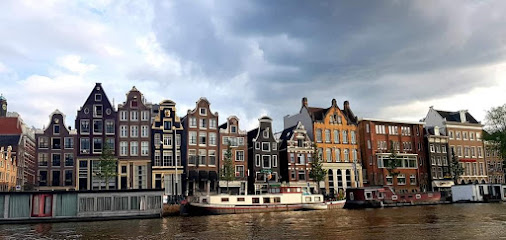
Suykerhofje
Explore Suykerhofje, a serene oasis in Amsterdam, where history meets charm in a picturesque setting perfect for relaxation and exploration.
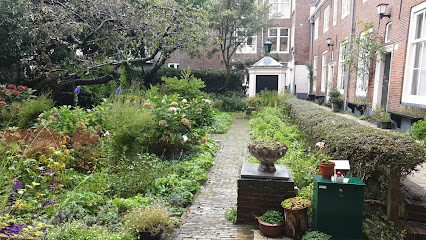
Essential places to dine
Moeders
Experience authentic Dutch cuisine at Moeders in Amsterdam - where every meal feels like home.
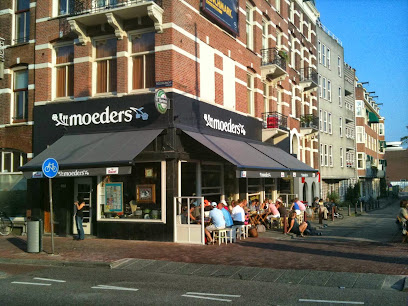
Salmuera
Experience authentic Argentinian cuisine and vibrant cocktails at Salmuera in Amsterdam-Centrum, where every bite tells a story.
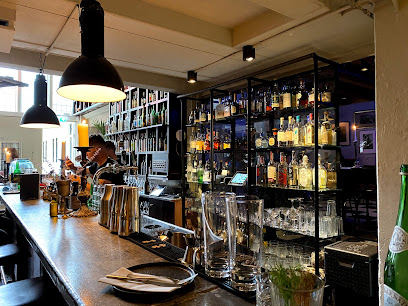
d&a hummus bistro
Experience authentic Middle Eastern flavors at d&a Hummus Bistro in Amsterdam – where tradition meets taste in a cozy setting.
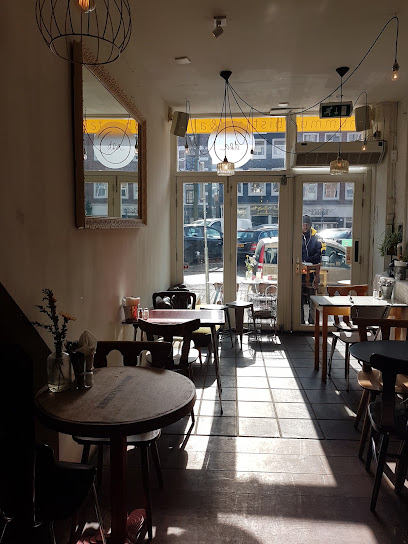
Luna
Experience authentic Argentinian cuisine at Luna in Amsterdam-Centrum – where flavors meet warmth in every dish.
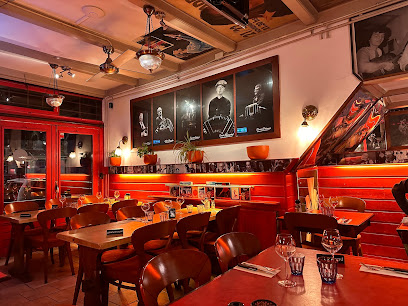
La Oliva
Experience the vibrant flavors of Spain at La Oliva, where every dish tells a story and every meal is a celebration.
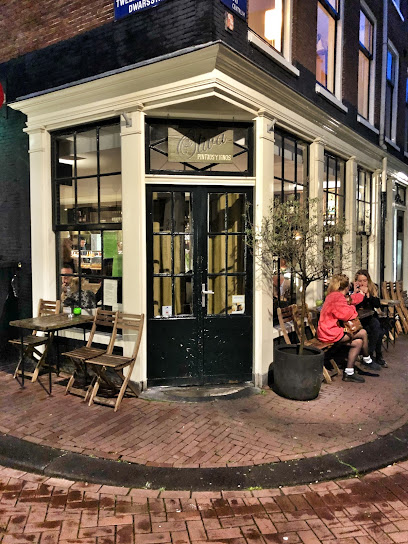
Toscanini
Experience authentic Italian cuisine at Toscanini in Amsterdam, where every dish is crafted with passion and tradition.

Venus & Adonis
Experience the finest grilled cuisine and exquisite wines at Venus & Adonis along Amsterdam's scenic canals.
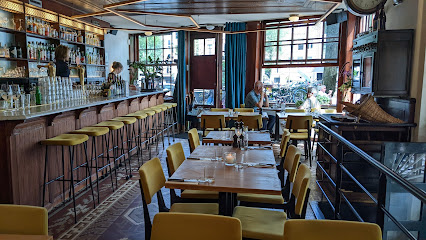
Boca's
Discover Boca's in Amsterdam: A lively restaurant and bar offering delicious cuisine and vibrant social experiences.
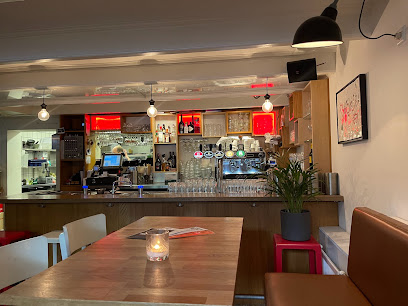
Box Sociaal Jordaan
Discover Box Sociaal Jordaan: A vibrant restaurant offering delicious breakfast, brunch, lunch & cocktails in Amsterdam's charming Jordaan district.
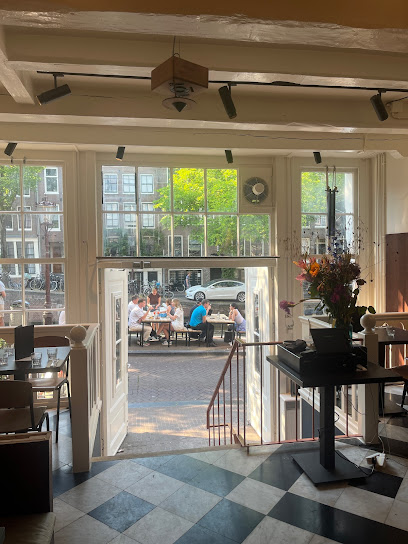
La Maschera Lillo Tatini
Discover authentic Italian cuisine at La Maschera Lillo Tatini in Amsterdam - where every dish tells a delicious story.

Markets, malls and hidden boutiques
A Space Oddity
Discover a whimsical toy haven at A Space Oddity, where imagination meets nostalgia in the heart of Amsterdam.
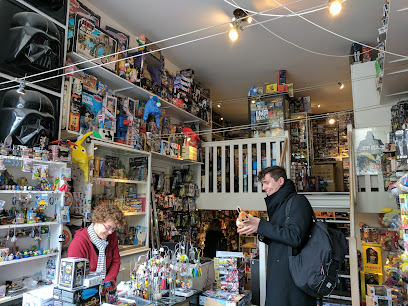
the Otherist
Explore the unique charm of The Otherist in Amsterdam, a must-visit gift shop filled with antiques, jewelry, and distinctive decor items.
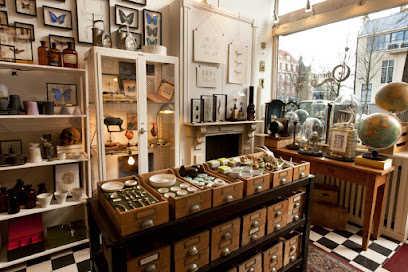
Misc store
Discover Misc Store in Amsterdam for unique, high-quality items that embody the city's creativity and charm.

Almost Summer store (by Universe on a t-shirt)
Discover unique t-shirt designs that embody the artistic spirit of Amsterdam at Almost Summer, your go-to shop for stylish souvenirs.
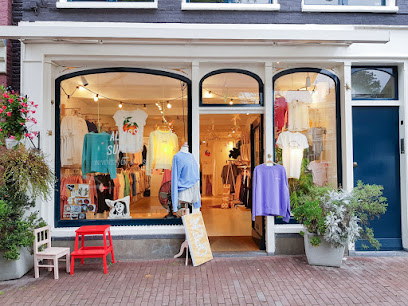
La Savonnerie
Explore La Savonnerie, a delightful gift shop in Amsterdam offering handcrafted soaps and unique artisan gifts for all occasions.
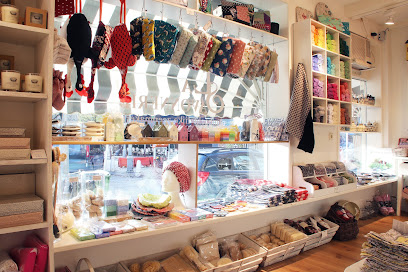
Babylon Gift Shop
Explore the unique finds at Babylon Gift Shop, a treasure trove of gifts and natural stone products in the heart of Amsterdam.
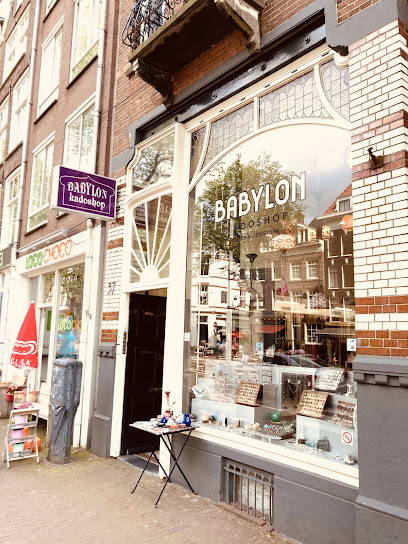
Vindit Vintage
Explore Amsterdam's stylish side at Vindit Vintage, where unique vintage clothing and accessories await every fashion lover.
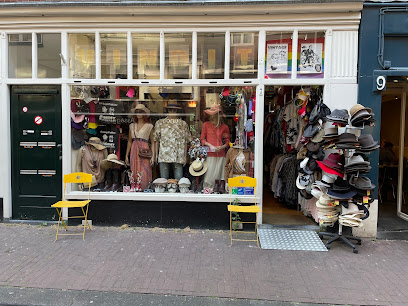
Babylon Vintage Amsterdam
Explore Babylon Vintage Amsterdam for a unique blend of retro fashion and sustainable shopping in the heart of the city.
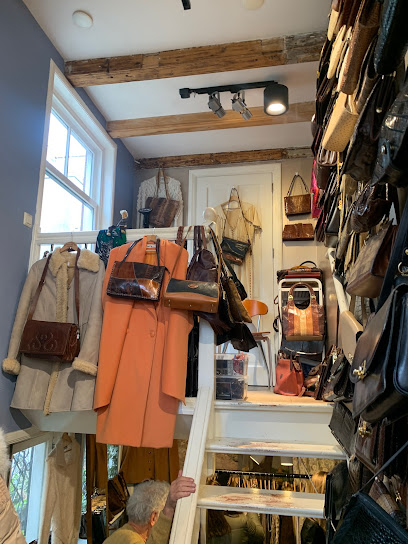
Nobody Has To Know
Explore the artistic essence of Amsterdam through unique and affordable fashion at Nobody Has To Know, a designer boutique with character.
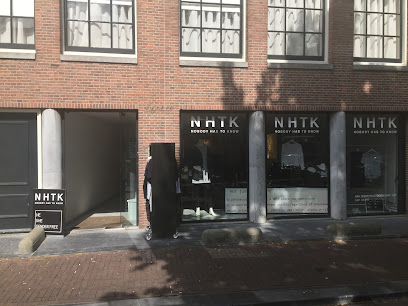
Crafted Stories
Explore Amsterdam's Crafted Stories: A unique gift shop featuring sustainable fashion and handcrafted treasures for the eco-conscious traveler.
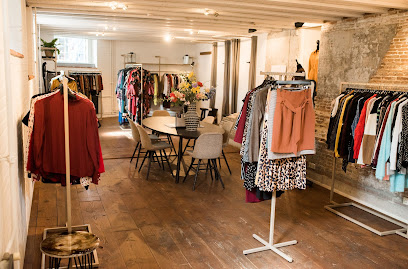
Essential bars & hidden hideouts
Waterkant
Discover Waterkant, a vibrant bar in Amsterdam offering a perfect blend of drinks, atmosphere, and scenic canal views.
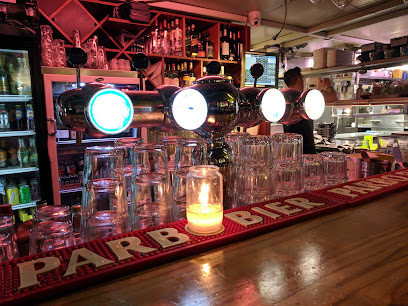
Café Chris
Experience the heart of Amsterdam at Café Chris, a cozy pub offering a delightful selection of drinks in an inviting atmosphere.
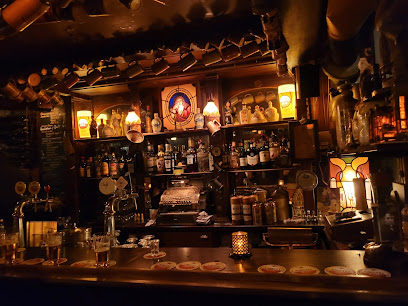
Bar Oldenhof
Experience the elegance of Bar Oldenhof, Amsterdam’s premier cocktail bar, showcasing creative drinks and a sophisticated atmosphere for unforgettable nights.

Café De Nieuwe Lelie
Discover the charm of Café De Nieuwe Lelie, a delightful pub in Amsterdam offering local brews, vibrant atmosphere, and delicious food.
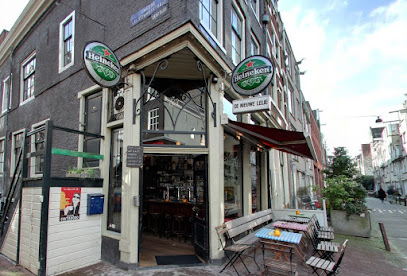
Bar Pif
Experience the essence of Amsterdam's wine culture at Bar Pif, a cozy bar offering an exquisite selection of wines in a warm atmosphere.
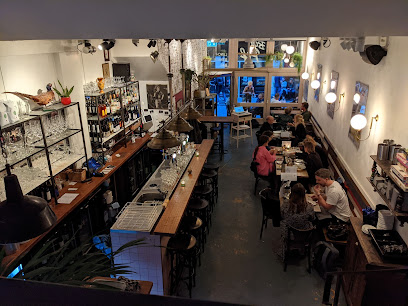
Café Pieper
Discover Café Pieper, a charming pub along Amsterdam's canals, serving delightful drinks and offering a cozy atmosphere perfect for relaxation.
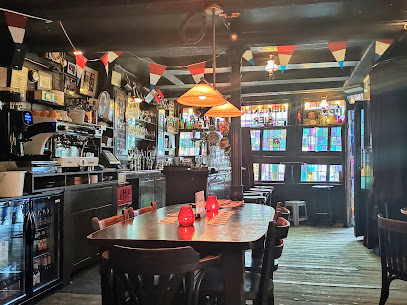
Sins of Sal
Experience the vibrant flavors of Latin America and innovative cocktails in the heart of Amsterdam at Sins of Sal.
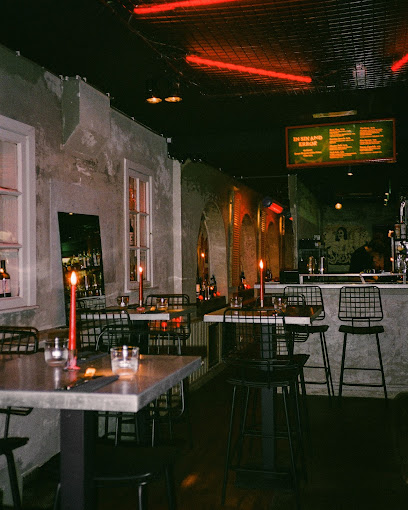
Bar Parry
Experience the best of Amsterdam's wine culture at Bar Parry, where exquisite wines and a cozy atmosphere await every visitor.
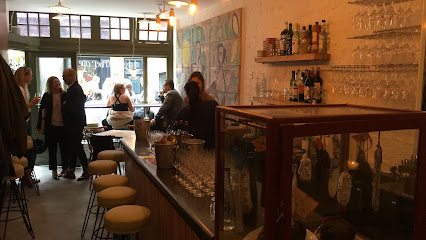
BOBBI’S
Experience the warmth of Bobbi's, a charming pub in Amsterdam's Jordaan district, perfect for drinks and local flavors.
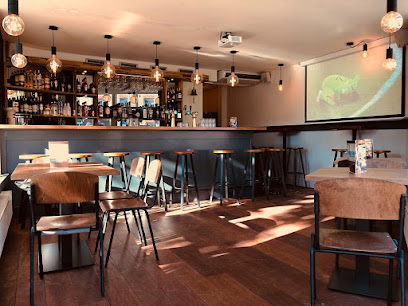
Bar Theo
Discover the vibrant nightlife at Bar Theo, a cozy bar in Amsterdam-Centrum, perfect for drinks and socializing with locals and travelers alike.
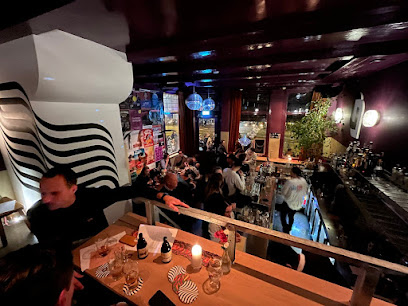
Local Phrases
-
- HelloHallo
[hah-loh] - GoodbyeTot ziens
[toht zeens] - YesJa
[yah] - NoNee
[nay] - Please/You're welcomeAlsjeblieft
[ahls-yuh-bleeft] - Thank youDank je
[dahnk yuh] - Excuse me/SorrySorry
[sohr-ee] - How are you?Hoe gaat het?
[hoo gaat het] - Fine. And you?Goed. En met jou?
[khoot. ehn meht yow] - Do you speak English?Spreek je Engels?
[spreak yuh ehng-uhls] - I don't understandIk begrijp het niet
[ick buh-grayp het neet]
- HelloHallo
-
- I'd like to see the menu, pleaseMag ik de menukaart zien, alstublieft
[mahkh ihk duh menu-kahrt seen, ahl-stuh-bleeft] - I don't eat meatIk eet geen vlees
[ick ayt khayn flays] - Cheers!Proost!
[prohst] - I would like to pay, pleaseIk wil graag betalen, alstublieft
[ick wil khrahkh buh-tah-luhn, ahl-stuh-bleeft]
- I'd like to see the menu, pleaseMag ik de menukaart zien, alstublieft
-
- Help!Help!
[help] - Go away!Ga weg!
[gah vekh] - Call the Police!Bel de politie!
[bel duh poh-lee-see] - Call a doctor!Bel een dokter!
[bel ay-n dohk-tuhr] - I'm lostIk ben verdwaald
[ick ben vuhr-dwahld] - I'm illIk ben ziek
[ick ben zik]
- Help!Help!
-
- I'd like to buy...Ik wil graag kopen...
[ick wil khrahkh koh-puhn] - I'm just lookingIk kijk alleen maar
[ick kayk ahl-ayn mahr] - How much is it?Hoeveel kost het?
[huh-vayl kohst het] - That's too expensiveDat is te duur
[daht is tuh doo-ur] - Can you lower the price?Kunt u de prijs verlagen?
[kunt oo duh prays vur-lah-ghun]
- I'd like to buy...Ik wil graag kopen...
-
- What time is it?Hoe laat is het?
[hoo laht is het] - It's one o'clockHet is een uur
[het is ayn oor] - Half past (10)Half elf
[hahlf elf] - MorningOchtend
[ohk-tuhnt] - AfternoonMiddag
[mih-dahkh] - EveningAvond
[ah-vohnt] - YesterdayGisteren
[ghis-tur-uhn] - TodayVandaag
[vahn-dahkh] - TomorrowMorgen
[mohr-khun] - 1Een
[ayn] - 2Twee
[tvay] - 3Drie
[dree] - 4Vier
[feer] - 5Vijf
[fayf] - 6Zes
[zehs] - 7Zeven
[zeh-ven] - 8Acht
[ahkht] - 9Negen
[nay-khun] - 10Tien
[teen]
- What time is it?Hoe laat is het?
-
- Where's a/the...?Waar is de...
[vahr is duh] - What's the address?Wat is het adres?
[vaht is het ah-drehs] - Can you show me (on the map)?Kunt u mij laten zien (op de kaart)?
[kunt oo may laht-uhn seen (op duh kahrt)] - When's the next (bus)?Wanneer is de volgende (bus)?
[vahn-ayr is duh vohl-huhnd-uh (buhs)] - A ticket (to ....)Een kaartje (naar ....)
[ayn kahrt-yuh (nahr)]
- Where's a/the...?Waar is de...
History of Jordaan
-
The Jordaan neighborhood was established in the early 17th century as a working-class district. Originally developed to house the influx of laborers and craftsmen during Amsterdam's Golden Age, the area was characterized by its narrow streets, quaint canals, and small houses. The Jordaan quickly became known for its vibrant community, with numerous courtyards and alleyways that fostered a close-knit atmosphere.
-
In the 19th century, the Jordaan saw an influx of immigrants, particularly from northern Europe and the Dutch colonies. This wave of migration contributed to the cultural diversity of the neighborhood, as various ethnic communities settled in the area. The Jordaan became a melting pot of traditions, languages, and customs, influencing the local culture and contributing to its unique identity within Amsterdam.
-
By the mid-20th century, the Jordaan faced significant economic decline. Many residents struggled with poverty, and the neighborhood became associated with social issues. The post-war period brought about urban challenges, including neglect and the threat of demolition. However, grassroots movements and local organizations emerged to advocate for the preservation of the neighborhood's heritage and to improve living conditions.
-
In the late 20th century, the Jordaan began to experience gentrification as artists, young professionals, and tourists were drawn to its historic charm. This transformation resulted in the revitalization of the area, with many buildings being restored and new businesses opening. The Jordaan became a cultural hotspot, known for its art galleries, music venues, and cafés, while still retaining its distinctive character and community spirit.
-
Today, the Jordaan is celebrated as one of Amsterdam's most desirable neighborhoods, renowned for its picturesque canals, historic architecture, and vibrant cultural scene. The annual 'Jordaan Festival' showcases the area's rich musical heritage, while markets and local events reflect its ongoing community engagement. The neighborhood stands as a testament to Amsterdam's dynamic history, blending past and present in a unique urban tapestry.
Jordaan Essentials
-
Jordaan is conveniently located in the heart of Amsterdam and can be easily accessed from other neighborhoods via public transport. From Amsterdam Central Station, take tram number 13 or 17 to Westermarkt, which is near the western edge of Jordaan. Alternatively, you can take bus lines 21 or 22. If you prefer walking, it's a pleasant 20-minute stroll from the station, allowing you to take in the scenic canals along the way.
-
Jordaan is best explored on foot or by bicycle, as many of its narrow streets and charming canals are not accessible by car. Bicycles can be rented from numerous shops throughout Amsterdam. Public transport options include trams and buses, which connect Jordaan to other parts of the city. The nearest metro station is a bit further away, but the tram system is efficient and user-friendly.
-
Jordaan is generally a safe neighborhood for tourists. However, as in any major city, it's wise to be cautious. Areas near the popular tourist spots can attract pickpockets, especially around the Anne Frank House and on busy canal tours. Avoid displaying valuables and remain aware of your surroundings, especially in crowded places.
-
In case of emergency, dial 112 for police, fire, or medical assistance in the Netherlands. For non-urgent inquiries, you can contact the local police station. Pharmacies are widely available for minor health issues, and most have English-speaking staff. It is advisable to have travel insurance that covers medical emergencies.
-
Fashion: Do wear comfortable shoes for walking, as Jordaan's cobblestone streets can be uneven. Don't wear overly flashy jewelry. Religion: Do respect local customs when visiting churches or historic sites. Public Transport: Do validate your travel card before boarding trams and buses. Don't block doors while entering or exiting. Greetings: Do greet locals with a friendly 'Hallo' or 'Goedemorgen'. Eating & Drinking: Do try local specialties like stroopwafels and herring. Don't eat or drink while walking, as it is considered impolite.
-
To experience Jordaan like a local, visit the neighborhood's many independent shops and boutiques, particularly on the Haarlemmerstraat and the Lindengracht market on Saturdays. Try to engage in conversations with local residents; they are often friendly and willing to share their favorite spots. Don't miss the hidden courtyards and gardens, which provide a peaceful respite from the bustling streets.
Nearby Cities to Jordaan
-
Things To Do in Haarlem
-
Things To Do in Utrecht
-
Things To Do in Leiden
-
Things To Do in Amersfoort
-
Things To Do in The Hague
-
Things To Do in Delft
-
Things To Do in Rotterdam
-
Things To Do in Arnhem
-
Things To Do in Zwolle
-
Things To Do in Nijmegen
-
Things To Do in Eindhoven
-
Things To Do in Antwerp
-
Things To Do in Groningen
-
Things To Do in Mechelen
-
Things To Do in Knokke-Heist











